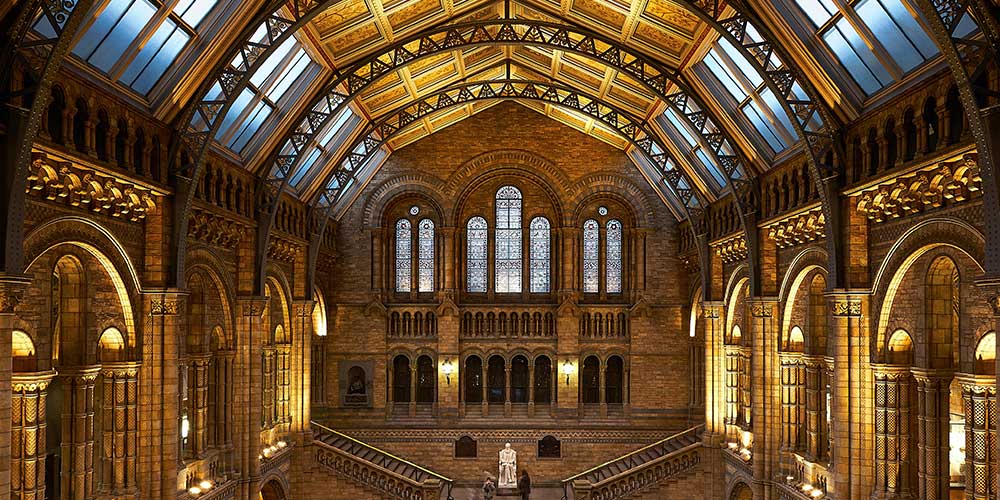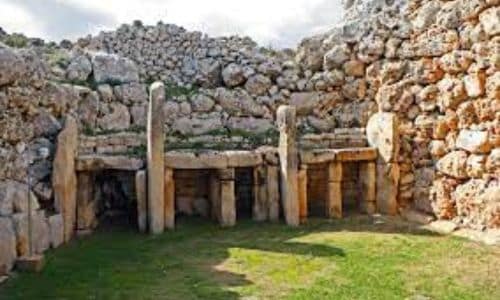
The Chronological History of Interior Design
Table of Contents
Animaster College of Animation and Design has breathed life into students’ imagination, by inspiring, educating, motivating, and encouraging them with knowledge regarding the field they choose to study. Animaster also offers an Interior design degree in Bangalore for students who want to have a fruitful career in interior design.
Here we talk about the chronological history of interior design and it is part 1 of the same blog. Understanding a subject is very important in a student’s life because the more knowledge you gain, the more you understand, which will help you succeed in the future.
History of Interior Design

Stone Age 6000 to 2000 BC
The first signs of a trend towards interior design were noticed in prehistoric dwellings that were marked by plants and animals. These dwellings were made of clay, animal skins, and sticks.
The Neolithic period in Europe from 2000 to 1700 BC
This period shows the first handcrafted pottery for practical and decorative purposes. The rise of the royal families for the first time saw people living in structures alongside mud huts. The new structures were marked by murals depicting their history and beliefs. And they had basic furnishings and decorative objects like vases and sculptures – which were seen for the first time.
The Greek Empire 1200 to 31 BC
The Greek Empire
BVA DEGREE IN INTERIOR AND SPATIAL DESIGN
There were advances in civilization and lifestyles that saw citizens decorate their homes in their own unique way for the first time, while rich Greeks owned furniture inlaid with ornate ivory and silver details. Iconic columns and pillars were major motifs during this era as the Greeks established standard rules and procedures for the construction of buildings.
The Roman Empire 753 BC to AD 480
INTERIOR DESIGN DEGREE COLLEGE IN BANGALORE
The Roman Empire was an era of austerity when monarchs were not able to showcase their wealth simply through their homes. The Romans decorated their homes with murals and mosaics and the furniture featured claw feet.
The Dark Ages 900 to 1500
The Dark Ages saw a lack of interest in interior design as people opted for simple chipboard walls, minimal furnishings, and stone floors.
Byzantine Empire 500 to 1500
During this era, massive domes and Balinese motifs took center stage.
The Renaissance 1400 to 1600
The beauty of the interior was a key feature of the Renaissance, with monumental furniture and art of vivid colors and luxurious furnishings such as silk and velvet as well as marble surfaces. And since carpets were very expensive and prized even for the richest patrons, they were used as wall art if available.
Gothic 1140 to 1400
Gothic, in contrast to the Dark Ages, decorative motifs and bold colors once again distinguished interior design with prominent inclusion. Two of the defining features of the era that have been carried over to the present day are the abundance of windows in order to make homes brighter as well as the wide wiper layout.
Baroque 1590 to 1725
Baroque featured ostentatious and rich artistic elements designed to recipe for lavish interiors featuring stained glass, twisting columns, stained marble, painted ceilings, gilded mirrors, and massive chandeliers.
The traditional era from 1700 to today
Once more formal, the traditional interior remains to this day. Traditional interior design is a broad term that highlights various design patterns and movements that do not adhere to a single, closed direction or spirit.
The traditional design celebrates the famous and rich history by comparing it with modern elements, while highlighting the aspects of European décor in the 18th and 19th centuries. It is a timeless design style that exudes an effortless glamor and comfort and is a very cool trend for fans of antiques, classic art and symmetry.
Rococo 1700
An extremely elegant and detailed design system inspired by botanical shades, the Rococo interior design system features unique elements such as a tortoiseshell and pearl embellishment as well as Asian ceramics.



